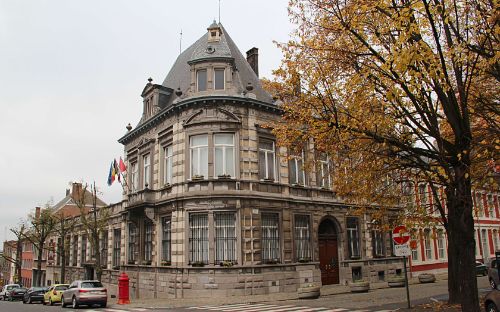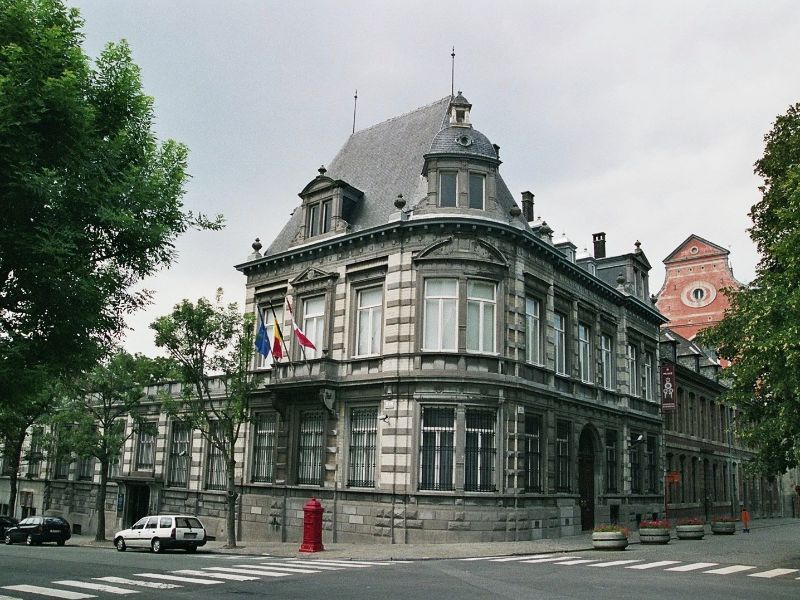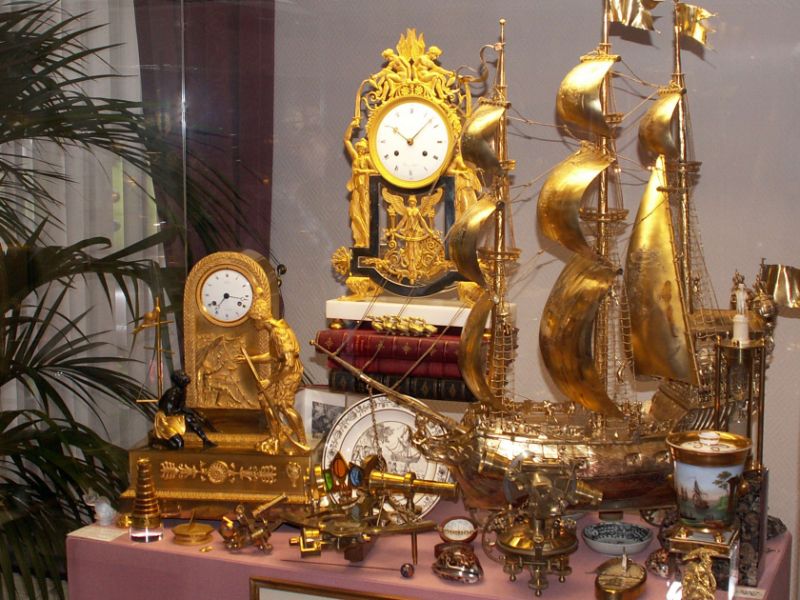François Duesberg Museum of Decorative Arts (1775-1825) and its collection
A unique space ! Opposite St. Waudru's Collegiate Church, discover an exceptional museum of decorative arts (1775-1825) with a multicultural, humanist and educational approach, and featuring not only a prestigious collection of clocks, unique in the world, but also majestic French gilt bronzes, superb porcelain (primarily from Paris and Brussels), sumptuous gold and silver items (including the renowned Mons hallmark), rare jewels (including a precious set of cameos) and countless fascinating objects. The setting is life within French high society in the late 18th and early 19th centuries, the starting point being the famous theme of the "Bon Sauvage", as described in the novels "Paul et Virginie" by Bernardin de Saint-Pierre (1788) and "Atala" by René de Chateaubriand (1801).The François Duesberg Museum is unquestionably one of the highlights for tourists in Mons. To prove it, together with St. Waudru's Collegiate Church it is the only tourist attraction in the city to have two stars in the prestigious Michelin Guide – the most authoritative reference on the subject.
History & Anthropology Art & Design Applied art












